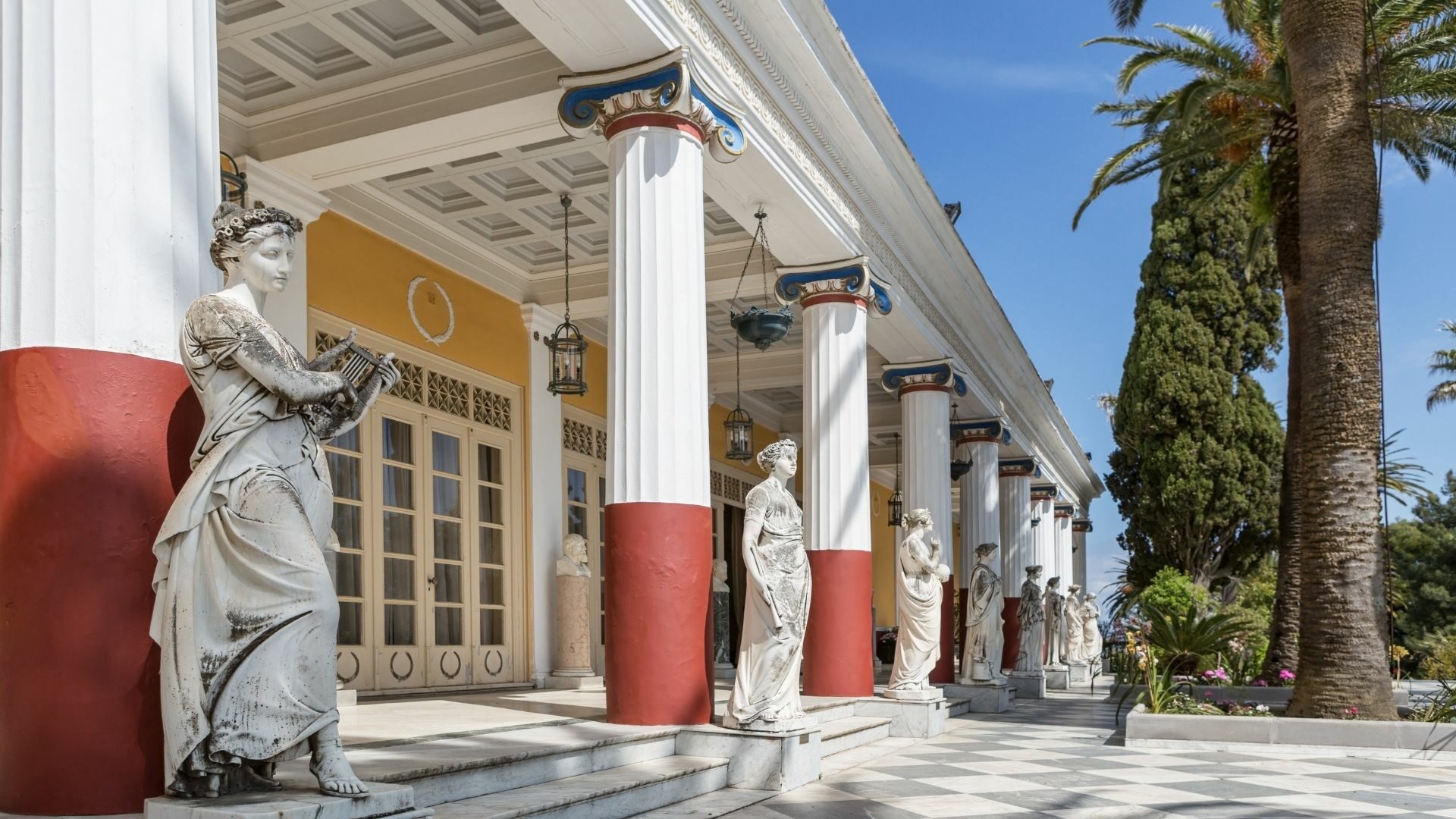With the passage of time the island may have changed, but we can still feel the spirit of a distant glorious past.
Its rich multicultural heritage, its historical monuments, its stunning natural landscape,
the crystal clear seas and the excellent weather, all year round,
explain why Corfu is one of the most cosmopolitan destinations in the Mediterranean that enchants its visitors.
Its history in two words
Corfu, unlike the rest of Greece, never fell under Ottoman oppression.
Due to the successive dominations of the Venetians, the French and the British over the centuries,
the island has become mostly part of the western world.
Their culture had a strong influence on the city: they founded the first Greek University (Ionian Academy),
the first Philharmonic Orchestra and the first School of Fine Arts.
Discover the sights of Corfu
In the beautiful Old Town of Corfu, a UNESCO World Heritage Site,
the Renaissance, Baroque and classical “repertoire” was successfully applied to local artistic traditions.
Palace, fortresses, strict Venetian public buildings make a unique combination,
with drying lines in tiny alleys and small isolated squares.
Walking through a complex of narrow cobbled streets with stairs and arched passages, the so-called “cantounia”, will make you feel as if you have travelled to Genoa or Naples.
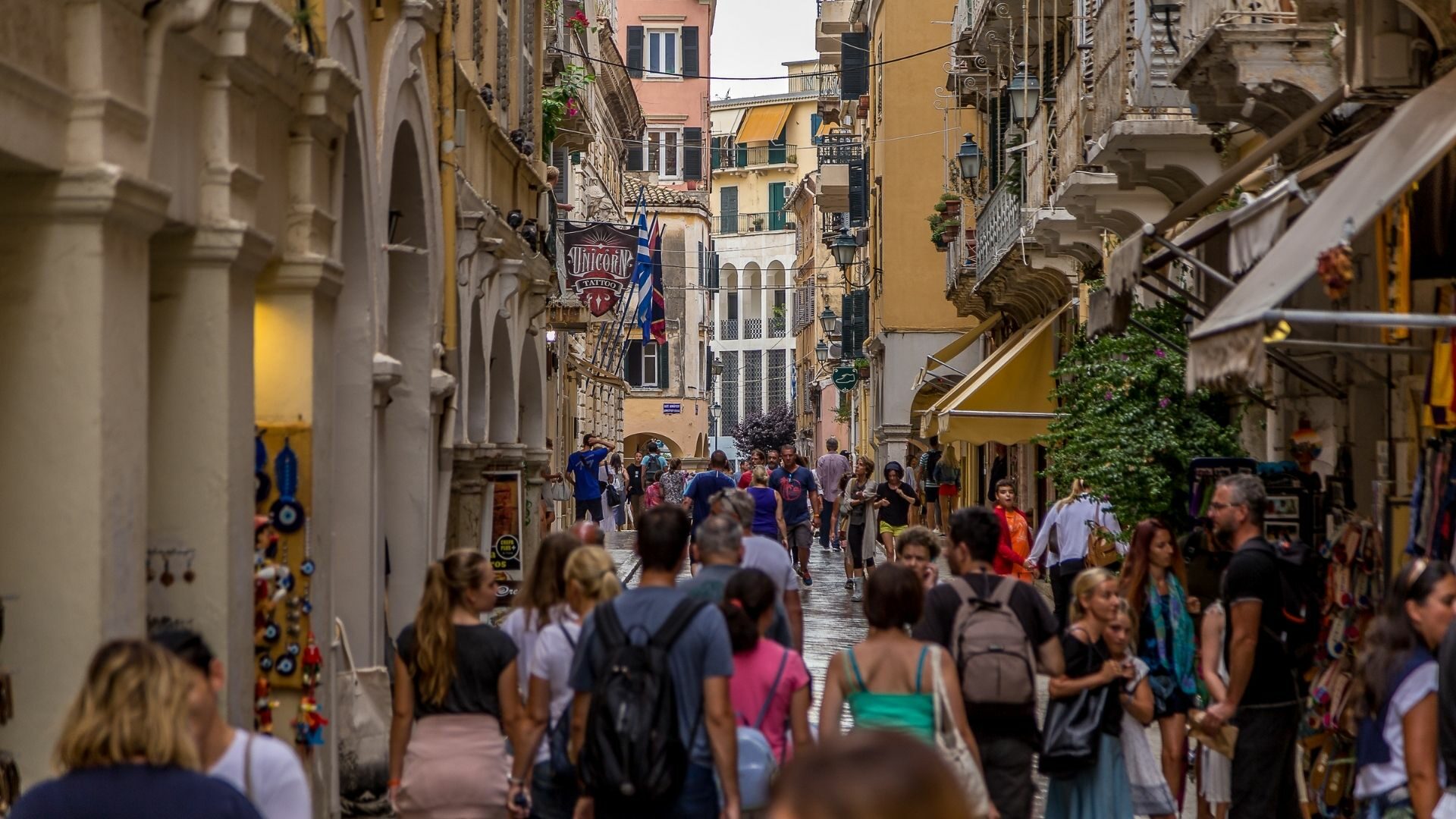
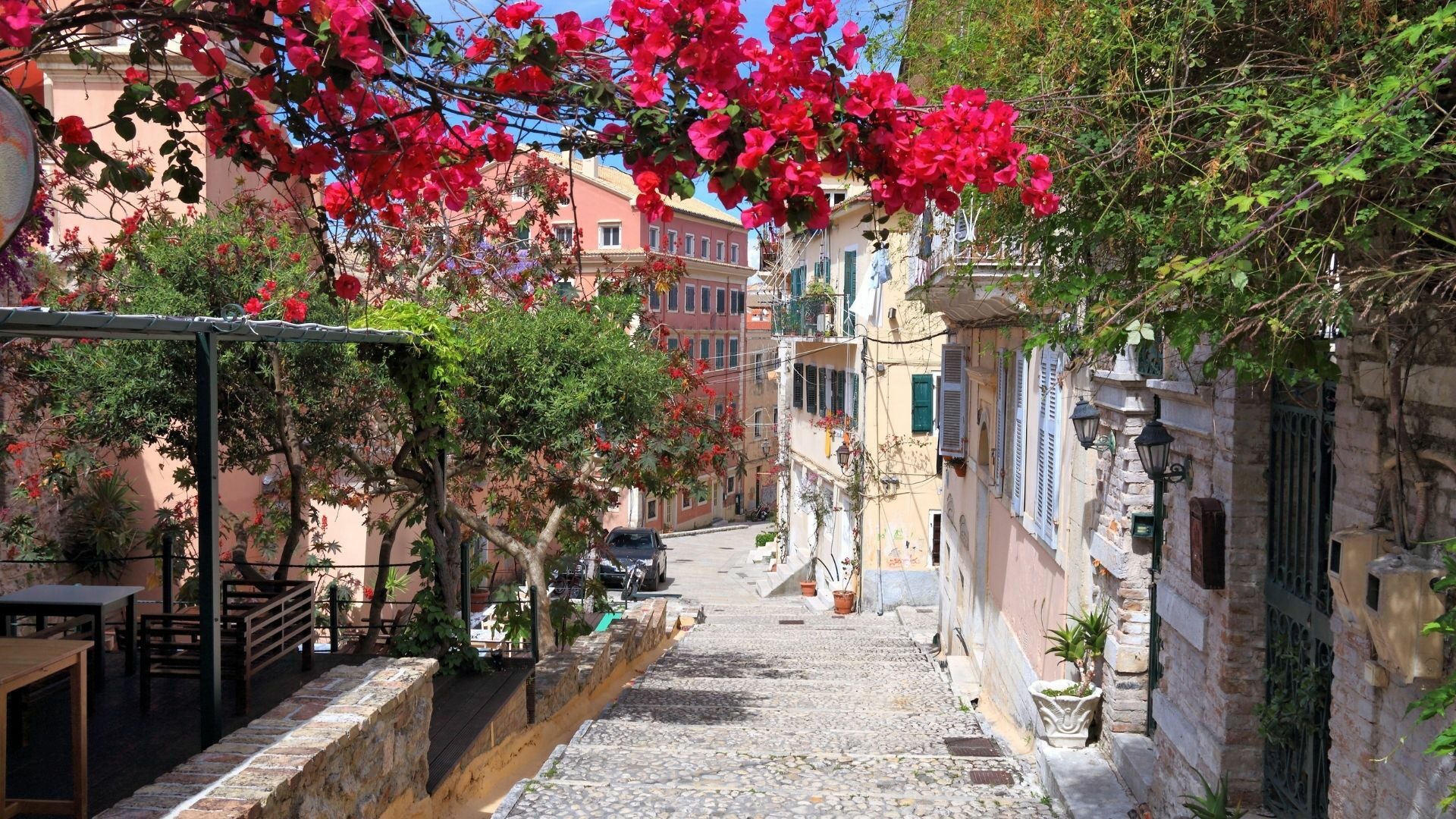
In addition, the impressive Old Fortress of the 15th century, as well as the New Fortress.
The palace of Agios Michael and George in the northern part of Spianada, built during the English occupation.
Finally, a significant number of churches.
The most imposing is the Cathedral of the city, the church of Agios Spyridon,
the patron saint of the island, whose relics are kept on the island.
The vastly tall bell tower of the church certainly reminds us of that of San Giorgio dei Greci in Venice.
Four processions take place every year, during which the body of Saint Spyridon is carried through the streets of the city.
(Palm Sunday and Easter Sunday, 11 April and the first Sunday of November).
All the philharmonic bands of the city accompany the processions creating a remarkable and awe-inspiring spectacle.
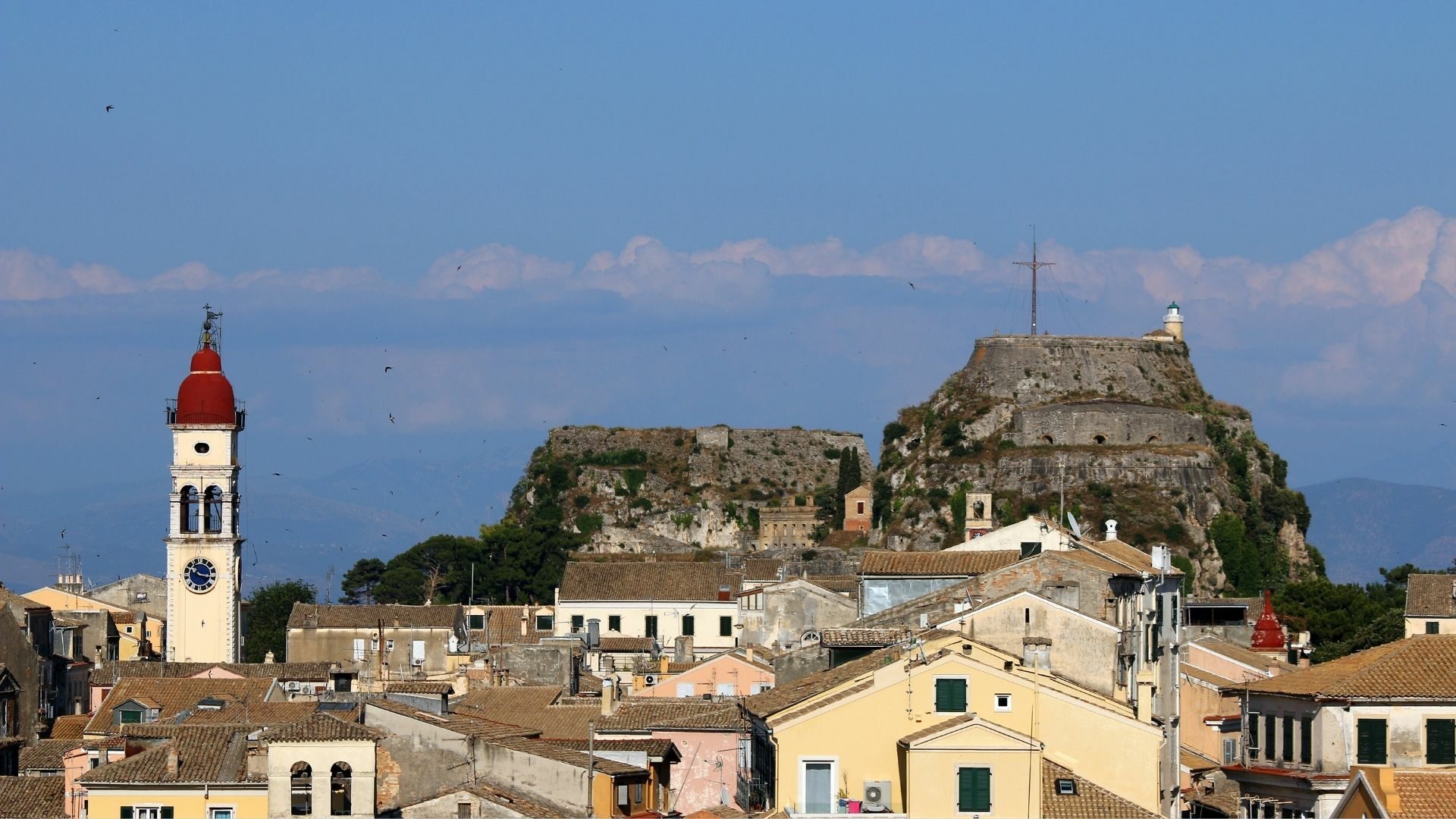

The most beautiful spots on the island that you can see while walking
Spianada, the largest square in the Balkans, is the centre of the city,
adorned with remarkable works of 19th century French architecture.
Here you can watch cricket matches or attend music concerts organised throughout the year.
Also, the Liston, the city’s trademark, where the aristocrats used to enjoy their evening walks.
The characteristic arcades form the most romantic setting for a welcome cup of coffee,
in one of the cozy cafes of the city.


In addition, the smart suburbs: Manduki, Garitsa and Saroko.
Don’t miss the city’s fascinating museums
Museum of Asian Art.
Being the only one of its kind, it was founded in 1927 after a donation of 10,500 objects by Gregorios Manos.
Until 1974 it was a museum of Chinese and Japanese art, but then other private collections were added.
Its roof is on the Palace of St. Michael and George.
Archaeological Museum.
There you can admire important findings from the temple of Artemis and excavation findings from the ancient city of Corfu.
Byzantine Museum.
It is housed in the Holy Church of Panagia Antivouniotissa and hosts an interesting collection of icons
and ecclesiastical objects from the 15th to the 19th century.
The Banknote Museum.
It presents a collection of Greek coins from 1822 to the present day.
Dionysios Solomos Museum.
Initially, the national poet of Greece left Zakynthos and moved to Corfu,
an important intellectual centre of the Ionian Islands in those years.
Solomos lived in a state of chosen isolation and Corfu offered him the ideal environment,
to continue his studies in poetry.
Today, his house is home to a museum dedicated to him.
These five locations around Corfu Town were the favorites of the aristocracy.
Originally, the Mon Repos Palace was a creation of the British Commissioner Adams as a gift to his Corfiot wife.
It is a small but beautiful palace with colonial elements, which today functions as a museum.
In this luxurious residence, Prince Philip, the Duke of Edinburgh and husband of Elizabeth II, was born in 1921. The park around the palace is ideal for long romantic walks.
Also, Kanoni, offers from its circular terrace a stunning view of Mouse Island,
one of the most photographed spots of Corfu!
According to legend, this rocky islet was a Phaeacian ship that was turned to stone.
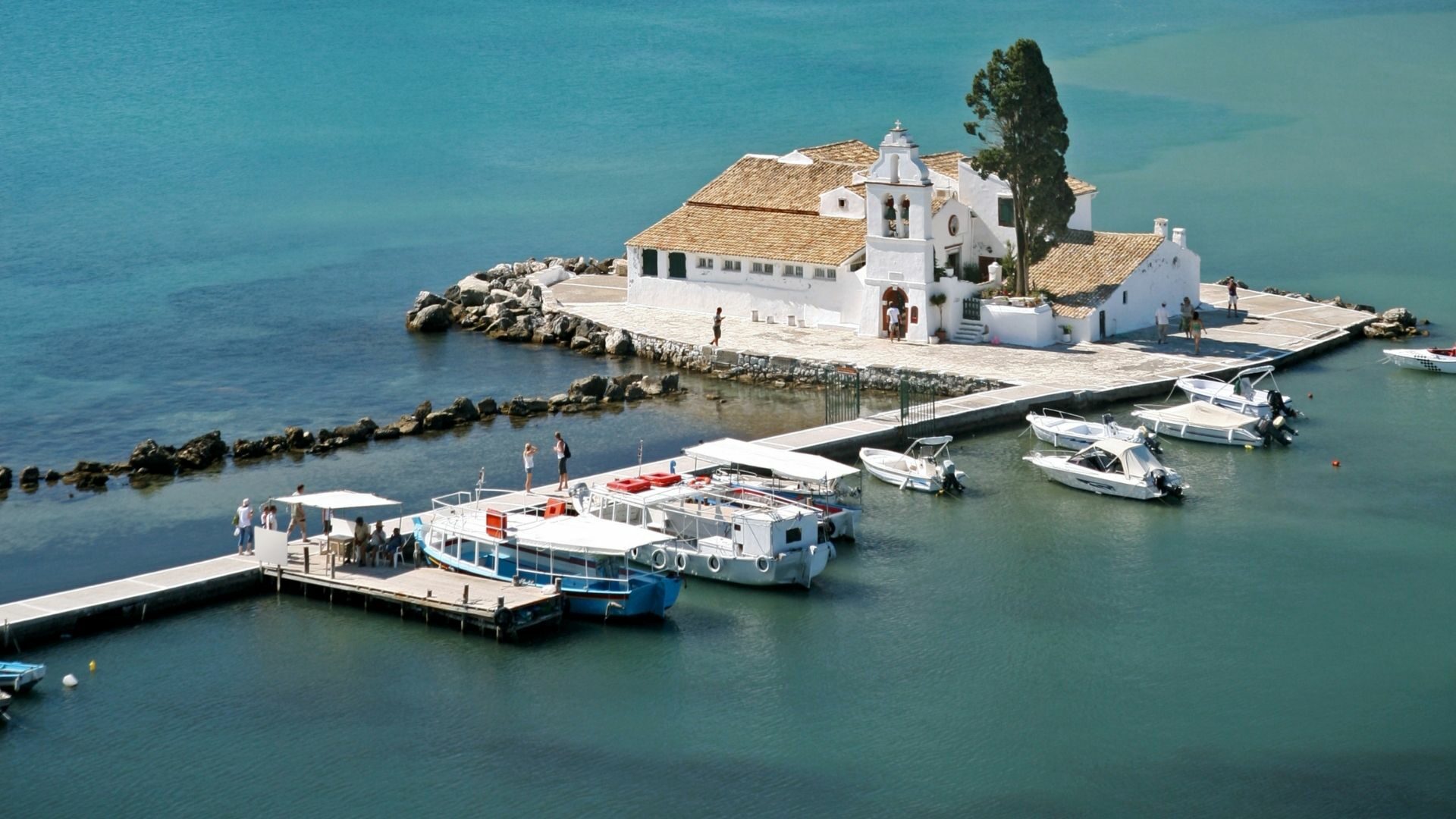
Paleopolis is where the Agora of the ancient city of Corfu used to be.
The ruins of many public buildings that were built there along with shrines, workshops and residences.
Finally, Achillion is a fairy palace that was created among cypress and myrtle trees,
by Empress Elizabeth of Austria, who wanted to escape from the Austrian court.
Elizabeth truly fell in love with the island and dedicated this palace to Achilles as she loved the belief,
that he represented the very soul and justice of Greece.
